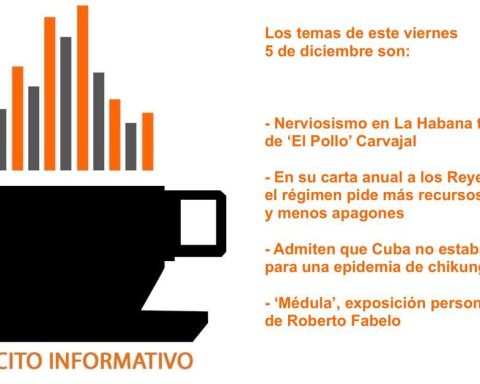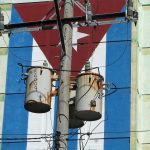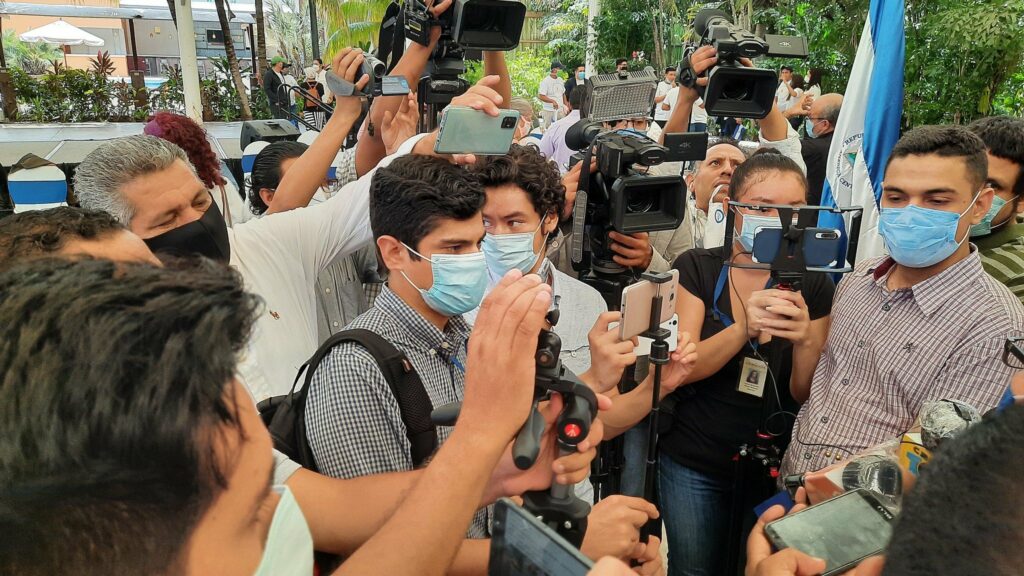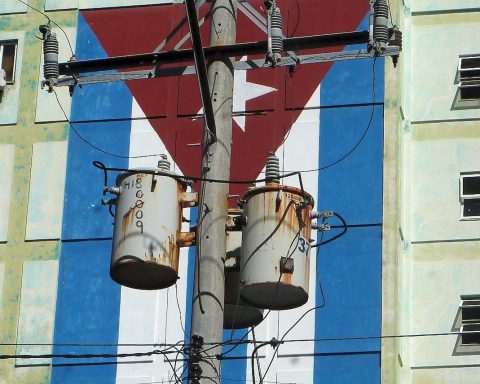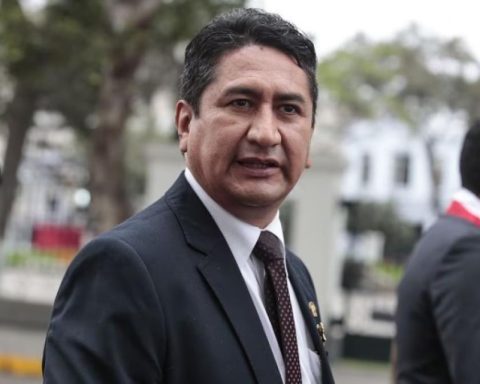Venezuelan oil exports to Cuba fell this April, when the island received some 45,000 barrels per day (bpd), forehead to 51,290 in March, according to Refinitiv Eikon data published by Reuters. The decline is even greater when compared to the 72,857 bpd imported in February, although it should be remembered that the lowest monthly delivery in recent years was recorded in January, with barely 29,000 bpd.
With these data, the average shipments in the first four months of 2023 is 49,537 bpd, not so far from the amount committed in the agreements signed between Cuba and Venezuela in the year 2000, when Hugo Chávez agreed with Fidel Castro to exchange around 55,000 bpd (although, in fact, that amount reached 100,000 barrels and more in good times) in exchange for specialized workers, mostly doctors, but also engineers and intelligence personnel.
In any case, these amounts contrast with the increase in exports from Venezuela to the US through Chevron, which went from 75,022 bpd in January to 141,000 in April.
These amounts contrast with the increase in exports from Venezuela to the US through Chevron, which went from 75,022 bpd in January to 141,000 in April
We will have to wait until the end of the year to find out if Caracas has contributed the corresponding part to Havana, but to date it is not as far from the objective as one might suspect due to the fuel crisis the island is experiencing. Cuba is also receiving supplies from other sources, especially from Russia and China, although more modest amounts also arrive from Algeria or Iran.
Experts are considering the option that Venezuela is, ultimately, the payer of that fuel to cover the oil deficit, especially due to the certainty that Cuba does not have the money to buy it, although there is the possibility that it is coming to an end. other types of exchanges with new suppliers.
Analysts have also talked about declines in exports from Venezuela to Cuba due to the quality of the South American country’s oil, which in recent times has been extra-heavy, causing greater problems for the island for refining.
According to Reuters, Caracas received this April 450,000 barrels of naphtha from Chevron and 2.14 million barrels of condensate from the Iranian Naftiran Intertrade Company (Nico), both to dilute the extra-heavy oil production of the state-owned PDVSA.
In general terms, Venezuela recovers its volume of exports and it is the second consecutive month that exceeds 700,000 bpd, after a start to the year convulsed and with sales abroad greatly diminished by internal problems in the state company.
PDVSA lost millions in amounts for not demanding payment for fuel from some customers – including Belaruswhich refuses to pay 1.4 billion dollars, as leaked documents revealed– and the ruling party has arrested dozens of people for corruptionin addition to forcing the resignation of the former oil minister, Tareck El Aissami.
In April, 43 cargoes left Venezuelan ports averaging 703,167 bpd of crude and fuel and 609,000 metric tons of petrochemicals and derivatives, down 9% from March but the second highest amount since last September.
Among the major contributors to the recovery of the oil sector is Chevron, the US oil company authorized in November by the US Treasury to trade with PDVSA.
According to Reuters, the collaboration with Chevron has another positive effect on the Venezuelan economy: the supply of dollars
According to Reuters, the collaboration with Chevron has another positive effect on the Venezuelan economy: the supply of dollars. Three sources from the British agency confirmed that the American company brings part of its export earnings to Venezuela, exchanging them for highly devalued bolivars to pay taxes and other local expenses.
“Chevron has to meet its commitments in bolívares…it needs resources in Venezuela to increase production in its fields,” said Asdrúbal Oliveros, director of Ecoanalítica.
According to these sources, since February, Chevron has left between 20 and 30 million dollars a week in bags managed by private Venezuelan banks.
“Chevron will continue to be a stabilizing factor if it continues to cover 20% of the demand for foreign currency met by banks and it will surely alleviate the intervention burden of the Central Bank,” according to consulting firm Síntesis Financiera.
Other sources cited by Reuters affirm that the Venezuelan government needs dollars to promote stability in the exchange rate without having to reduce social programs before the next elections, in 2024. “The easing of sanctions is the main currency of the United States United in their efforts to motivate the government of Nicolás Maduro to return to talks with the opposition to hold free elections,” they say.
________________________
Collaborate with our work:
The team of 14ymedio He is committed to doing serious journalism that reflects the reality of deep Cuba. Thank you for accompanying us on this long road. We invite you to continue supporting us, but this time becoming a member of our newspaper. Together we can continue transforming journalism in Cuba.






